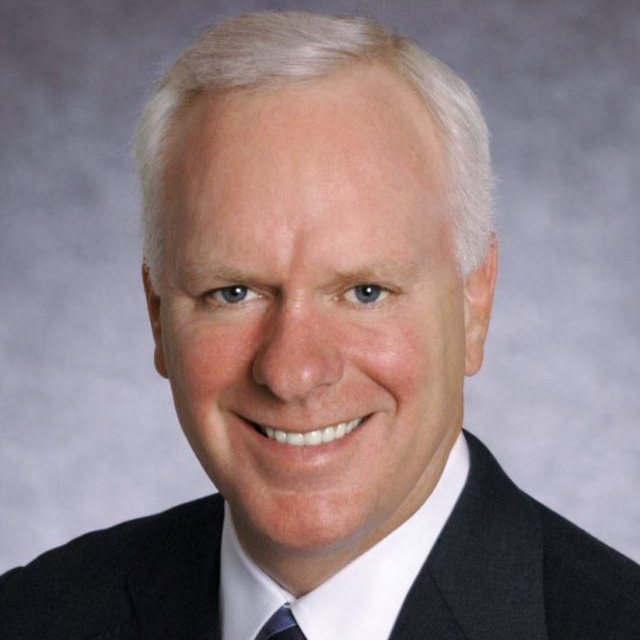The changing weapons of disinformation

During the Cold War, the ideological battle between the two world superpowers created a paradigm of us vs. them, right vs. wrong, truth vs. lies. The Soviet propaganda apparatus sought to control the narrative by restricting access to information, punishing those who challenged the official line, and outright lying to its citizens. The goal of the United States and its allies, therefore, was simple: reveal the truth and deliver it to the citizens of what President Truman described as “captive nations.”
Audiences, as a result, were faced with a binary decision of which side to trust.
While that model still exists—think media environments like North Korea, Cuba, and Iran—a new tactic of information warfare is wreaking havoc today.
Disinformation disseminators are no longer concerned with convincing audiences of their point of view; rather, they seek to sow confusion and doubt. Instead of winning an argument, they instead relish in starting one. For every statement of fact, they offer an accusation of “fake news.” Lies become spin, truths get distorted, opinions are taken as evidence, and deductive fallacies stand in for reasoned debate.
The result: vulnerable audiences are courted with emotional, albeit illogical, explanations of current events, and their very social fabric is ripped apart.
In short, it is chaos.
But we are nothing if not adaptive. The changing world demands from us an agility that allows us to meet the unique needs of truth-starved audiences, no matter the disinformation tactics or restrictions on free media under which they struggle.
Since joining USAGM (then the Broadcasting Board of Governors) in September 2015, I put a priority on being nimble and responsive to audience needs and changing threats. We have responded to quick-moving developments, such as social uprisings, political crackdowns, and natural disasters, as well as slower evolving cultural changes.
We’ve done this by
- shifting to a digital-first production approach, which allows us to tailor the content and delivery platform to meet each audiences’ needs;
- launching new 24/7 digital global networks in key languages (Russian, Persian, and soon, Mandarin) to target at-risk populations and their influential diasporas; and
- maximizing our ability to inform, engage, and connect with our audiences by focusing on impact, rather than just reach.
In environments where debate is halted, we provide platforms that give safe harbor to open discourse and sharing of ideas. A perfect example of this is MBN’s Raise Your Voice, which provided a public sphere of sorts for people suffering under the control of ISIS.
In cases where spin gets out of control, we provide in-depth analysis and balanced reporting. Where truths get distorted, we provide well-sourced, evidence-based fact-checking, through initiatives such as RFE/RL’s Footage vs. Footage, or the digital platforms Polygraph and Faktograph at VOA and RFE/RL.
Where regimes seek to isolate their populations from the outside world, we provide innovative, secure and encrypted tools so journalists and citizens alike can get news and updates into and out of the country.
We are meeting our audiences where they are. Via traditional and new media, we are providing accurate, objective, professional, and independent news and information, consistently. Our commitment to the truth is evident: recent polling shows that all USAGM’s five networks have a credibility score of at least 77 percent, meaning over three-quarters of our audiences trust our programming. As we continue to prove ourselves, our audiences continue to grow—increasing by 119 million people weekly during my tenure.
The weapons on the information battlefield may have changed, and we will continue to iterate and adapt to meet the evolving needs of our audiences. But no matter our approach, at our core is the truth. And that will never change.

